Pests, such as insects, rodents, and other organisms, can pose significant health risks to children. They can carry diseases, cause allergic reactions, and even lead to injuries. On the other hand, pesticides, while effective in controlling these pests, can also pose health risks if not used properly.
They contain chemicals that can be harmful, especially to children who are more vulnerable due to their developing bodies and immune systems.
This complete guide aims to provide comprehensive information about pests, pesticides, and how to ensure your child’s safety from these potential hazards.
What Are the Common Pests That Can Harm My Child?
In residential settings, several pests can pose a risk to children due to their potential to spread diseases, cause allergic reactions, or inflict physical harm.
Here are some of the most common pests that can harm children:
Cockroaches
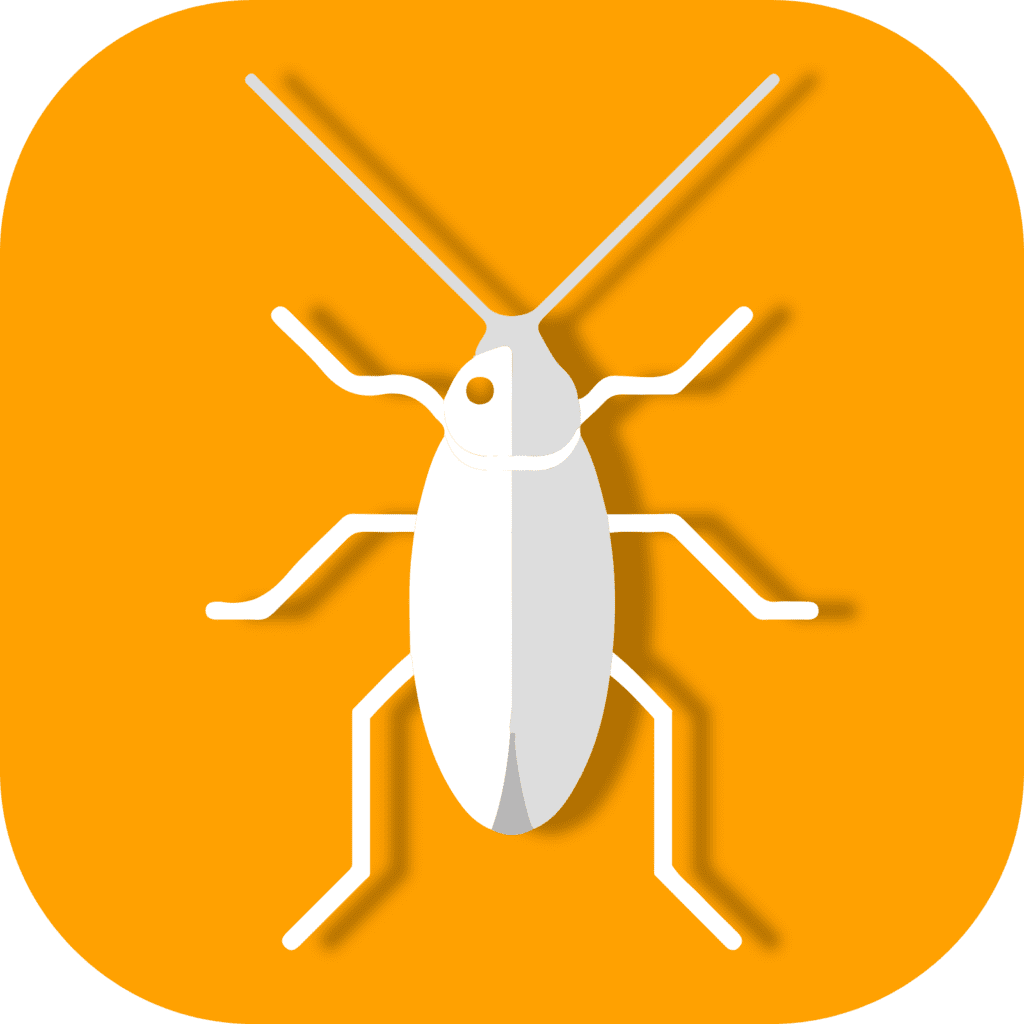
Cockroaches are known carriers of several pathogens, including E. coli and Salmonella, which can cause gastrointestinal illnesses.
According to a study published in the New England Journal of Medicine, children in inner-city areas who are allergic to cockroach allergens and exposed to high levels of these allergens experience significantly more asthma-related health problems.
These include higher rates of hospitalizations, unscheduled medical visits, and missed school days. This pattern was not observed for children allergic to dust mites or cat dander, even with high allergen exposure.
Rodents

Mice and rats can spread diseases such as Hantavirus and Leptospirosis through their urine and droppings. They can also cause physical harm through bites, which can lead to secondary infections.
Mosquitoes
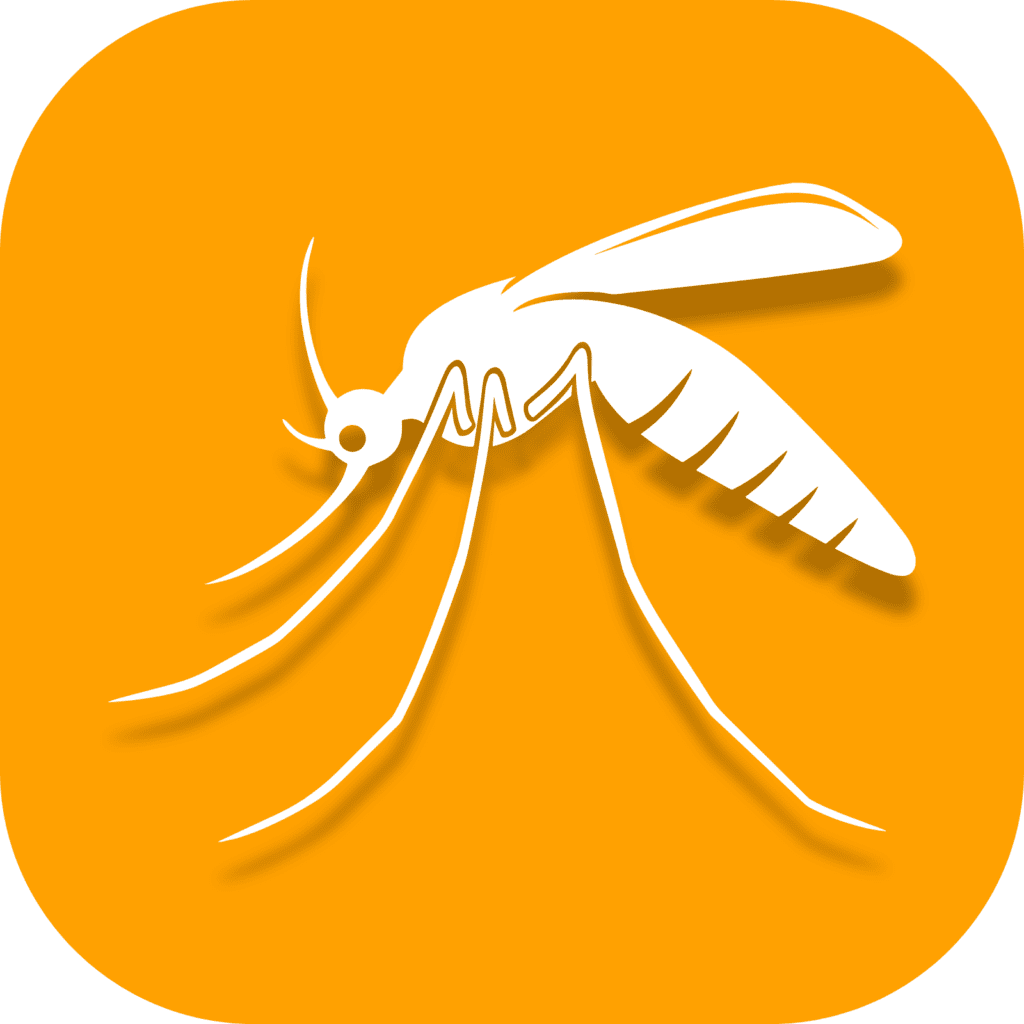
These pests are vectors for several diseases, including West Nile virus, Zika virus, and various forms of encephalitis. While these diseases are relatively rare, mosquito bites can still cause discomfort and allergic reactions in some children.
Ticks
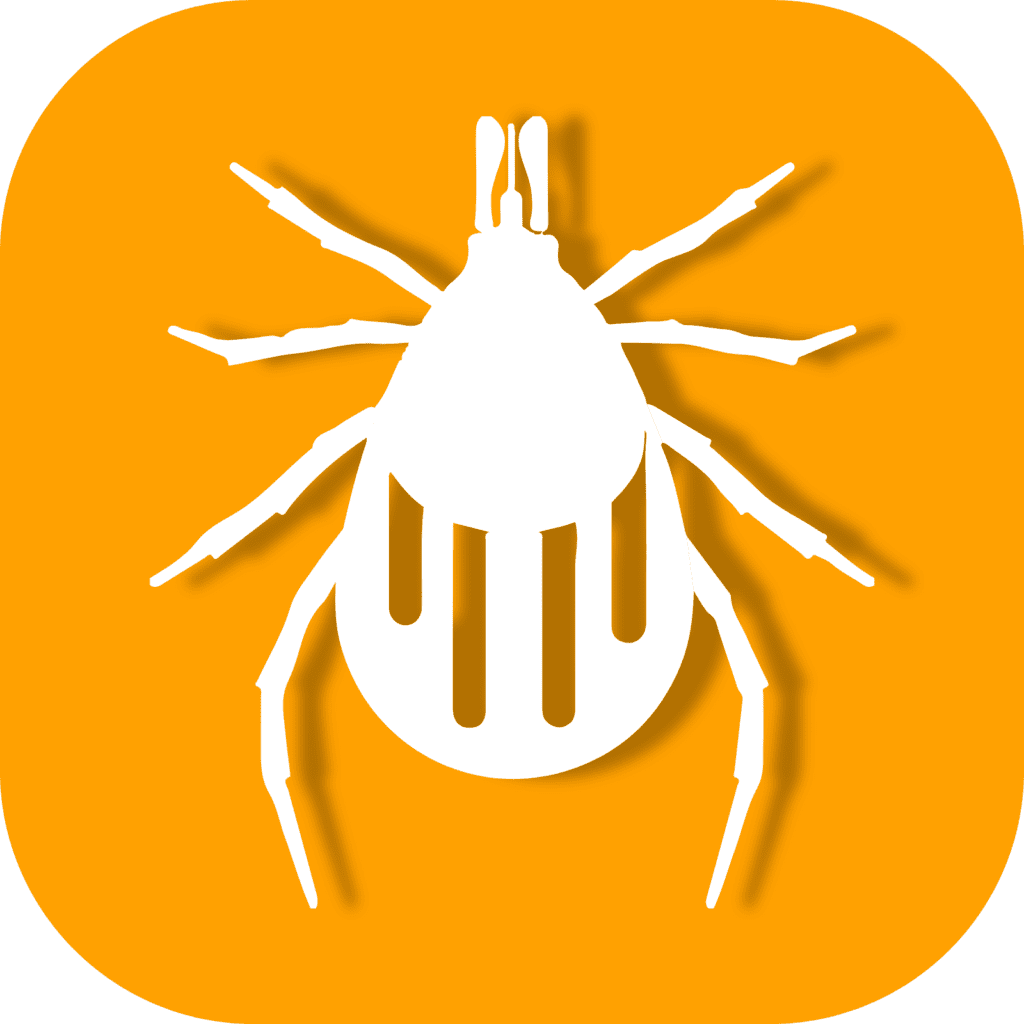
Ticks are known to transmit Lyme disease and other tick-borne illnesses. These diseases can have serious long-term health effects if not treated promptly.
According to a study published in Clinical and Diagnostic Laboratory Immunology, children are particularly vulnerable to tick-borne infections like Rocky Mountain spotted fever (RMSF) and Lyme disease, which occur more frequently in this age group.
Symptoms in children can mimic common illnesses, making diagnosis challenging. Prompt recognition and treatment are crucial to prevent severe complications such as arthritis, meningitis, and long-term neurological effects.
Bedbugs
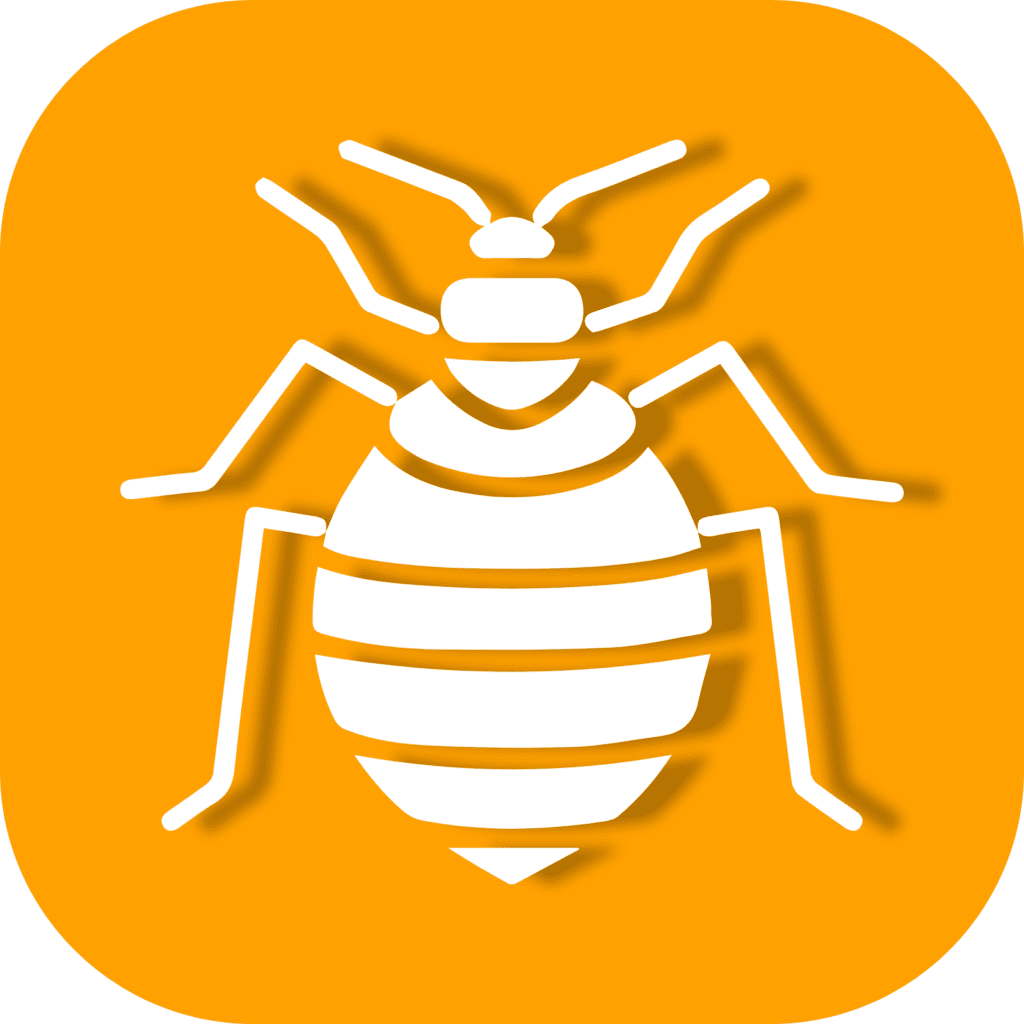
While bedbugs do not transmit diseases, their bites can cause itchy, red welts. Some children may have allergic reactions to bedbug bites, and excessive scratching can lead to secondary skin infections.
Fleas

Fleas can cause itchy bites and are known to transmit diseases such as typhus and plague. They can also serve as intermediate hosts for tapeworms, which can infect children if accidentally ingested.
Ants
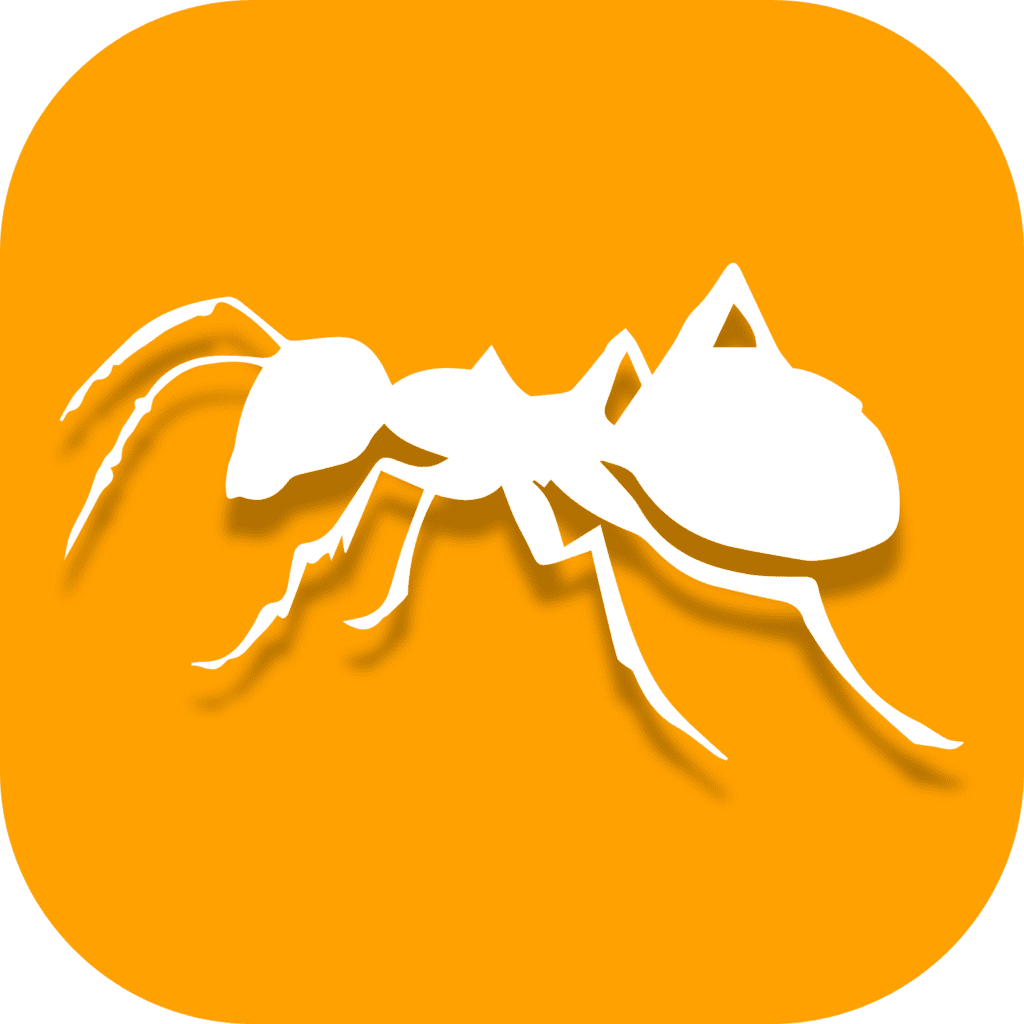
Certain species of ants, such as fire ants, can inflict painful bites or stings. In rare cases, these stings can cause severe allergic reactions.
“Ants are the dominant insects of the world… [they] make up two-thirds of the biomass of all the insects.” ~ E. O. Wilson, Entomologist
Spiders
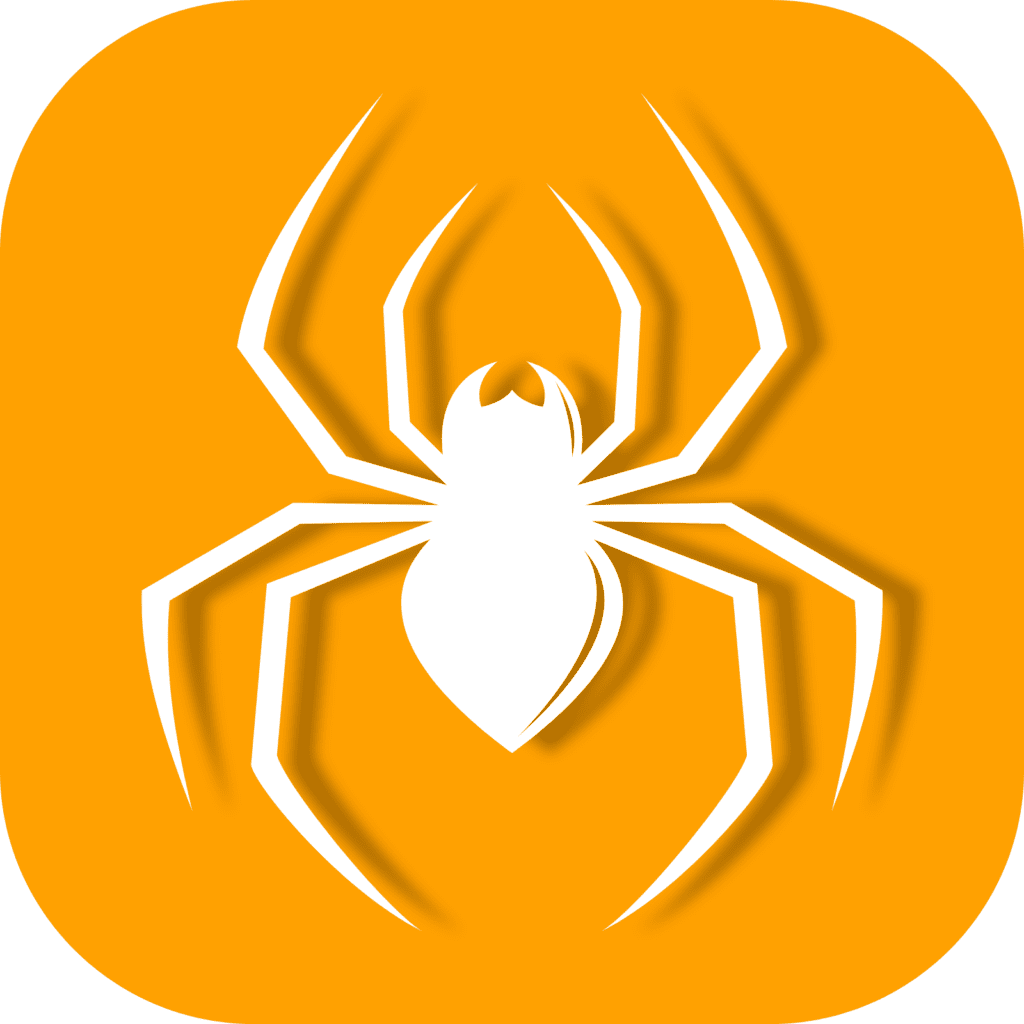
While most spiders are harmless, some species, such as the black widow and the brown recluse, can deliver venomous bites that require medical attention.
How Can Pests Affect My Child’s Health?
Pests can have a significant impact on a child’s health, primarily through the transmission of diseases and the triggering of allergies and asthma. Here’s a closer look at how these factors can affect a child’s health:
Disease Transmission
Many pests are carriers of harmful pathogens that can cause diseases in humans. For instance:
- Rodents such as rats and mice can transmit Hantavirus, Salmonellosis, and Rat-Bite Fever.
- Mosquitoes are known carriers of diseases like Zika, West Nile Virus, and Malaria.
- Ticks can transmit Lyme disease, which can lead to severe health complications if left untreated.
- Cockroaches and flies can contaminate food and surfaces with bacteria like E. coli and Salmonella.
Allergies and Asthma
Pests can also trigger allergies and asthma in children.
For example:
- Dust mites are a common cause of allergic reactions. They thrive in warm, humid environments and are often found in bedding, upholstered furniture, and carpets.
- Cockroach allergens can trigger both allergies and asthma. These allergens come from the roach’s body, saliva, and droppings.
- Stinging insects like bees and wasps can cause severe allergic reactions, including anaphylaxis, a potentially life-threatening condition.
Bites and Stings
Some pests can directly harm children through bites and stings.
Spider bites, for instance, can cause pain, swelling, and in some cases, more severe symptoms like fever and muscle pain.
Similarly, stings from bees, wasps, or hornets can cause pain, swelling, and allergic reactions.
Mental Health Impact
The presence of pests can also lead to psychological distress in children. Fear and anxiety about pests can disrupt sleep, affect concentration, and lead to feelings of embarrassment or stigma.
Understanding these potential health impacts underscores the importance of effective pest control in homes and other environments where children spend time.
What Are Pesticides and How Are They Used?
Pesticides are substances used to prevent, destroy, repel, or mitigate any pest ranging from insects, animals, and weeds to microorganisms such as fungi, mold, bacteria, and viruses.
They play a crucial role in maintaining the quality and yield of crops, protecting public health by controlling pests that carry diseases and preventing damage to homes and properties.
There are several types of pesticides, each designed to control specific pests. Here are some of the most common types:
- Insecticides: Used to control insects.
- Herbicides: Used to control weeds.
- Rodenticides: Used to control rodents.
- Fungicides: Used to control fungi, mold, and mildew.
- Bactericides: Used to control bacteria.
- Virucides: Used to control viruses.
Pesticides are used in a variety of ways depending on their purpose and the type of pest they are designed to control. They can be applied directly to plants, soil, water, and indoor spaces, or used in bait stations where pests are likely to find and consume them.
Pesticide Application Techniques
Some pesticides are designed to be ingested by pests, while others work by contact. The method of application also varies. Some common methods include:
Spraying
This is the most common method of pesticide application. Pesticides are mixed with water and sprayed onto the target area.
Fumigation
In this method, pesticides are released into the air or soil as a fog or smoke. This technique is particularly effective for penetrating hard-to-reach areas and ensuring comprehensive coverage.
Injection
Pesticides are injected directly into the soil or into the pest. This method targets specific areas, reducing the risk of exposure to non-target organisms and minimizing environmental impact.
Seed Treatment
Seeds are coated with pesticides before planting to protect them from pests.
It’s important to note that while pesticides are effective in controlling pests, they should be used responsibly to minimize potential harm to non-target organisms and the environment. Always follow the manufacturer’s instructions for use and disposal.
Are All Pesticides Harmful to Children?
Pesticides, by their very nature, are designed to kill or repel pests, including insects, rodents, weeds, and fungi. However, their impact is not limited to pests alone. That’s one of the reasons proper application by a professional is often so important.
If proper safety standards are not strictly followed, they can also pose potential risks to humans, particularly children. This is due to children’s smaller size, developing organs, and behaviors that may increase their exposure.
According to a report by the U.S Environmental Protection Agency, 50 percent of the 2 million poisoning incidents each year involve children younger than six years old, and 90 percent of these incidents occur in the home, highlighting the importance of proper storage and handling of pesticides to prevent such incidents.Homeowners who lack proper training are especially suseptible to health and safety incidents.
Not all pesticides are created equal. The toxicity of pesticides can vary greatly, depending on their specific chemical composition, concentration, and length and frequency of exposure. Some pesticides are relatively low in toxicity to humans, while others can be extremely harmful, even in small amounts. When addressing a pest issue, selecting the right pesticide is especially important. Some pesticides may be effective, but pose to great of a safety risk to be responsibly used. A professional is trained to make those calls given the specific situation.
Here are some key factors to consider:
Chemical Composition
Pesticides are a broad group of chemicals, each with its own specific properties and toxicity levels. For instance, organophosphates and carbamates, commonly used in many insecticides, are known to be highly toxic to humans. On the other hand, some biopesticides derived from natural materials like animals, plants, bacteria, and certain minerals are generally considered safer for humans.
Concentration
The concentration of the pesticide also plays a significant role in its potential harm. Higher concentrations of a pesticide can be more harmful than lower concentrations of the same pesticide. More is not better when it comes to pesticides and mix rates. You, or the pro you hire, must strictly adhere to label guidelines. Proper mix rates within the safe limit will be determined by the season, exterior temperature, and nature of the pest infestation.
Exposure
The risk associated with a pesticide is not just about its inherent toxicity, but also about the extent of exposure. Children who play in treated areas or put objects in their mouths can ingest pesticides, leading to potential health risks. Many pesticides require proper dry time before children should be allowed in the treated area. Consult a professional if there is any question.
According to a report published by the World Health Organization (WHO), children are at higher risk because they often play on the ground where pesticides may be present and frequently put objects in their mouths, leading to greater pesticide exposure compared to adults.
Age of the Child
Younger children, especially those under the age of six, are at a higher risk. Their bodies are still developing, and they are more likely to put their hands or other objects in their mouths, increasing the risk of ingestion.
While it’s true that not all pesticides are equally harmful, it’s crucial to remember that even those deemed ‘safer’ are not entirely without risk.
Therefore, it’s always best to minimize children’s exposure to pesticides whenever possible, use the least toxic methods of pest control, and always follow label instructions when using any pesticide product. Hiring a pest professional can mitigate many of these risks.
What Are the Potential Health Risks of Pesticides to Children?
Pesticides, by their very nature, are toxic substances designed to control or eliminate pests. When children are exposed to these substances, they can experience a range of health effects due to their developing bodies and higher rates of metabolism.
The potential health risks can be categorized into immediate and long-term effects.
Immediate Health Effects
Immediate health effects, also known as acute effects, can occur shortly after exposure. These effects can range from mild to severe, depending on the type of pesticide, the amount, and the duration of exposure. The most common immediate health effects include:
Irritation
Pesticides can cause irritation to the skin, eyes, and respiratory tract. Symptoms may include redness, itching, coughing, and wheezing.
Poisoning
Ingestion, inhalation, or skin contact with certain pesticides can lead to poisoning. Symptoms can vary widely, from nausea, vomiting, and diarrhea to seizures, unconsciousness, and in severe cases, death.
Allergic Reactions
Some individuals may have allergic reactions to certain pesticides, resulting in symptoms such as skin rashes, difficulty breathing, and anaphylaxis.
Long-Term Health Effects
Long-term health effects, also known as chronic effects, can occur after repeated or prolonged exposure to pesticides. These effects may not be apparent immediately and can sometimes take years to manifest. The most common long-term health effects include:
Neurological Effects
Some pesticides are neurotoxins and can affect the nervous system, leading to problems such as memory loss, loss of coordination, reduced speed of response to stimuli, reduced visual ability, altered or reduced motor skills, and even permanent brain damage.
Cancer
According to a study by the National Center for Biotechnology Information, environmental exposure to pesticides may be associated with childhood acute lymphoblastic leukemia (ALL).
Other studies have also linked pesticide exposure to various types of cancer, including non-Hodgkin lymphoma, brain, bone, breast, ovarian, prostate, testicular, and liver cancers.
Endocrine Disruption
According to a study published by the National Center for Biotechnology Information, pesticides act as endocrine-disrupting chemicals (EDCs) that interfere with natural hormones in children. They can bind to estrogen or androgen receptors, either mimicking (agonist action) or blocking (antagonist action) the natural hormone’s function.
Furthermore, EDCs can disrupt the synthesis, transport, metabolism, and elimination of hormones, leading to decreased levels of natural hormones in the body.
Developmental Effects
According to a study published by the National Center for Biotechnology Information, pesticides can negatively impact neurological and behavioral development, resulting in slower neonatal reflexes, delayed psychomotor development, and other behavioral issues in children.
It’s important to note that the severity and type of health effects can vary greatly depending on the specific pesticide, the level and duration of exposure, and the age and health status of the individual.
Therefore, it’s crucial to minimize children’s exposure to pesticides whenever possible and to use safer alternatives when available. A trained professional will use proper personal protective equipment and follow treatment methods to keep children safe from pests and pesticides.
What Should I Do if My Child Is Exposed to Pesticides?
If your child is exposed to pesticides, it’s crucial to take immediate action to mitigate potential health risks.
Here’s what you should do:
Step 1: Identify the Pesticide
Try to identify the pesticide your child has been exposed to. This information will be crucial for medical professionals to provide appropriate treatment. Look for any containers, sprays, or baits that your child might have accessed.
Step 2: Remove the Pesticide
If the pesticide is on your child’s skin or clothing, remove the contaminated clothing and wash the skin with soap and water. Avoid scrubbing the skin as it can increase absorption.
Step 3: Prevent Further Exposure
Move your child away from the area of exposure to prevent further contact with the pesticide. If the pesticide was ingested, do not induce vomiting unless instructed to do so by a healthcare professional or poison control center.
Step 4: Seek Medical Attention
Call your local poison control center or seek immediate medical attention. Provide them with as much information as possible about the pesticide, including the product name, ingredients, and the manner of exposure.
Step 5: Follow Medical Advice
Follow the advice given by medical professionals or the poison control center. They may recommend specific treatments or observations based on the type and extent of exposure.
Prevention is the best way to protect your child from pesticide exposure. Always store pesticides out of reach of children, follow label instructions carefully, and consider using non-chemical pest control methods whenever possible.
How Can I Protect My Child From Pests Without Using Pesticides?
Proper selection and application of pesticides will result in effective results without sacrificing safety. Additional measures can be taken to protec children from pests without resorting to pesticides. This involves a combination of preventive measures, natural deterrents, and non-chemical pest control methods. A trained professional pest control technician will not only use pesticides, but use methods to limit or eliminate the need for pesticides.
Here are some strategies you can employ:
Maintain a Clean Environment
Pests are attracted to food and water sources. Regular cleaning, proper food storage, and immediate cleanup of spills can significantly reduce the likelihood of a pest infestation.
Seal Entry Points
Pests can enter homes through cracks and gaps in walls, doors, and windows. Regularly inspect your home for potential entry points and seal them promptly.
Manage Outdoor Spaces
Overgrown vegetation and accumulated debris can provide shelter for pests. Regularly trim plants, remove dead leaves, and keep outdoor areas tidy to discourage pests.
Use Physical Barriers
Screens on windows and doors can prevent pests from entering your home. In gardens, netting and row covers can protect plants from pests.
Employ Biological Control
This involves using the natural enemies of pests, such as predators, parasites, or pathogens, to control their population. For example, ladybugs and spiders can help control aphids and other harmful insects.
Use Non-Chemical Traps
Traps can be effective for controlling certain types of pests. For example, sticky traps for insects, snap traps for rodents, or pheromone traps for certain types of moths and beetles.
Use Natural Repellents
Certain plants, essential oils, and other natural substances can repel pests. For example, citronella candles can deter mosquitoes, while peppermint oil can deter rodents.
The key to effective pest control without pesticides is regular monitoring and early intervention. By taking these steps, you can create a safer environment for your child and reduce their exposure to harmful pests and chemicals.
“In temperate zones, winter is the best insecticide; it keeps the bugs in check. The tropics enjoy no such respite.” ~ Gregory Benford, Astrophysicist and Science Fiction Author
What Are Some Natural Alternatives to Pesticides?
Natural alternatives to pesticides are gaining popularity due to their lower toxicity levels and environmental impact. These alternatives are often less effective than traditional pesticides in controlling and preventing large pest infestations, but they are options to consider, especially for targeted, minor pest issues.
Here are some natural substances that can be used as alternatives to chemical pesticides:
Diatomaceous Earth
This is a type of powder made from the fossils of marine phytoplankton. It’s completely natural and safe for humans, but deadly for insects. When bugs come into contact with diatomaceous earth, they absorb the oils in their skeletons, which dehydrates and kills them.
Essential Oils
Certain essential oils, such as peppermint, citronella, and lemongrass, are known to repel various types of pests. They can be used in a diffuser or mixed with water and sprayed around the home.
Neem Oil
Extracted from the seeds of the neem tree, this oil is a powerful natural insecticide. It disrupts the life cycle of insects at all stages (adult, larvae, and egg), making it a great choice for treating infestations.
Vinegar
This common household item can be used to deter ants and other small insects. A solution of equal parts water and vinegar can be sprayed directly onto the pests or in areas where they are commonly found.
Boric Acid
This is a naturally occurring compound that is lethal to many types of insects, including cockroaches and ants. It can be sprinkled in areas where pests are likely to walk through, and they will carry it back to their colonies.
Biological Control
This involves using the pests’ natural enemies to control their population. This could be other insects, birds, or even microorganisms. Many professional pest control companies are using natural products due to their effectiveness.
It’s important to note that while these natural alternatives are safer than chemical pesticides, they should still be used with caution. Always follow the manufacturer’s instructions and keep them out of reach of children.
How Can I Safely Use Pesticides at Home?
A licensed, trained professional is trained to responsibly take care of pests without putting you, your children, or your pets at risk. Should you choose to use pesticides yourselfinstead of hiring a professional, careful handling and adherence to safety guidelines should always be followed to minimize risks, especially when children are present.
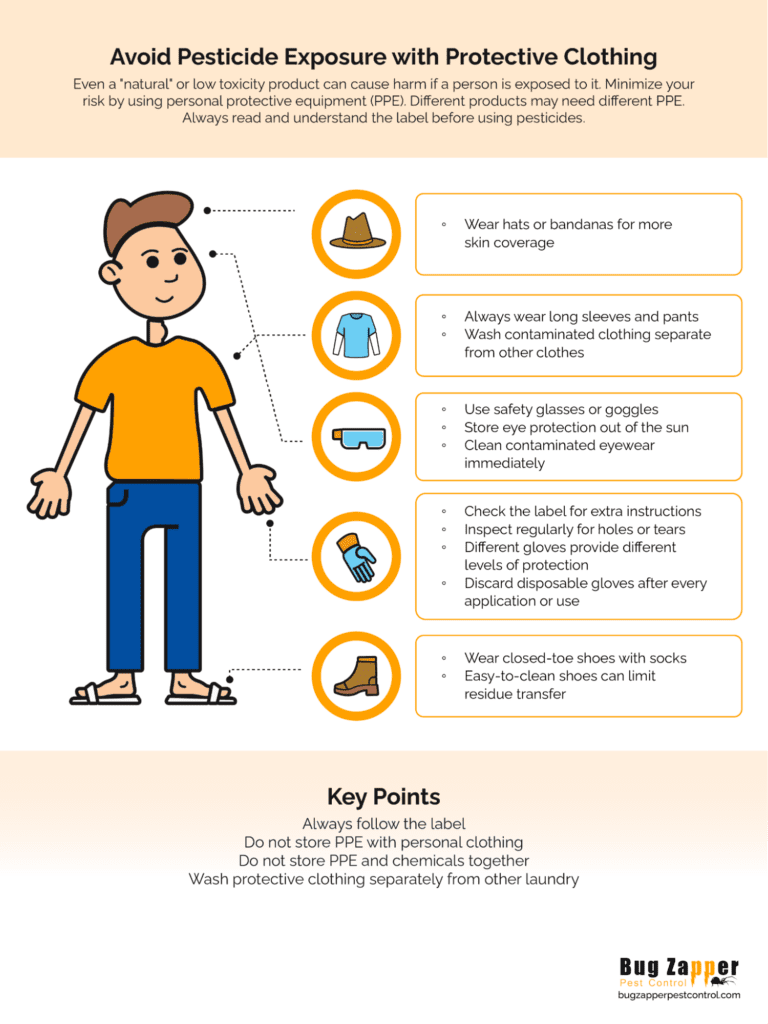
Here are some key points to consider:
Read and Follow the Instructions
Always read the product label and follow the instructions precisely. The label provides essential information about the correct usage, dosage, and storage of the pesticide. It also includes first aid instructions in case of accidental exposure.
Use the Correct Dosage
Over-application of pesticides can increase health risks and is often unnecessary for effective pest control. Use the recommended amount as stated on the product label.
Avoid Food and Water Contamination
Keep pesticides away from food and water sources. After using pesticides, wash your hands thoroughly before eating or drinking.
Proper Storage
Store pesticides in a locked cabinet or a high shelf out of reach of children. Never transfer pesticides to other containers, especially food or drink containers, as this can lead to accidental ingestion.
Ventilation
Ensure good ventilation during and after pesticide application. This helps to disperse any pesticide particles in the air and reduce inhalation risks.
Disposal
Dispose of empty pesticide containers safely and responsibly. Many local waste facilities offer pesticide disposal services.
Emergency Preparedness
Keep the contact information of your local poison control center handy. In case of accidental exposure, seek medical help immediately.
The safest way to use pesticides is to minimize their use. Consider alternative pest control methods and use pesticides as a last resort. Always prioritize the health and safety of your family.
Are There Any Laws or Regulations About Pesticide Use Around Children?
In many countries, there are specific laws and regulations in place to control the use of pesticides, especially in environments where children are present. These laws are designed to minimize the risk of exposure and protect the health and safety of children.
Firstly, it’s important to note that the sale and use of certain pesticides are strictly regulated. Some pesticides, due to their high toxicity and potential harm to children, are banned for residential use. These include organophosphates and carbamates, which are known to affect the nervous system.
Secondly, many jurisdictions require that pesticides be applied by licensed professionals when used in public spaces such as schools and parks. These professionals are trained to handle pesticides safely and are knowledgeable about the correct application methods to minimize exposure risk.
In the United States, for example, the Environmental Protection Agency (EPA) regulates the use of pesticides under the Federal Insecticide, Fungicide, and Rodenticide Act (FIFRA). The EPA sets standards for pesticide application, storage, and disposal, and it also requires that pesticide labels carry warnings and instructions for safe use.
Some states have additional laws regarding pesticide use in schools. For instance, the School Environmental Protection Act (SEPA) in California requires schools to implement integrated pest management (IPM) programs and restricts the use of certain pesticides on school grounds.
In the European Union, the Sustainable Use Directive (SUD) aims to achieve a sustainable use of pesticides by reducing the risks and impacts of pesticide use on human health and the environment. It promotes the use of IPM and techniques such as organic farming which are less reliant on pesticides.
It’s crucial for parents and caregivers to be aware of these laws and regulations, and to ensure that any pesticide use in their homes or in places where their children spend time complies with these standards. If you suspect that pesticides are being misused or improperly handled, you should report it to your local health department or environmental protection agency.
Ensure Your Child’s Safety from Pests and Pesticides
The safety of children in relation to pests and pesticides is a multifaceted issue. It involves understanding the potential harm caused by common pests, the use and effects of pesticides, and the potential health risks they pose to children.
While there are alternatives to chemical pesticides, their effectiveness varies and they should be used with caution. Legal regulations exist to control the use of pesticides, especially around children.
For further information, numerous resources are available, including scientific research and organizations dedicated to child safety and pesticide use. It is crucial to stay informed and take proactive measures to ensure the safety of children in relation to pests and pesticides.
Contact Bug Zapper Pest Control at 541-636-0146 with any questions or to hire a trained professional to take care of a pest issue, without putting your children at risk.
References
- Rosenstreich, D.L. et al. (1997) ‘The Role of Cockroach Allergy and Exposure to Cockroach Allergen in Causing Morbidity among Inner-City Children with Asthma’, New England Journal of Medicine, 336(19), pp. 1356–1363. Available at: https://doi.org/10.1056/nejm199705083361904.
- Bryant, K.A. and Marshall, G.S. (2000) ‘Clinical Manifestations of Tick-Borne Infections in Children’, Clinical Diagnostic Laboratory Immunology, 7(4), pp. 523–527. Available at: https://doi.org/10.1128/cdli.7.4.523-527.2000.
- Pesticides and Their Impact on Children: Key Facts and Talking Points (no date). Available at: https://19january2017snapshot.epa.gov/sites/production/files/2015-12/documents/pest-impact-hsstaff.pdf.
- Information for Advocacy and Action Childhood Pesticide Poisoning Childhood Pesticide Poisoning (2004). Available at: https://cdn.who.int/media/docs/default-source/childrens-environmental-health/pestpoisoning.pdf?sfvrsn=4317cd2f_1#:~:text=Key%20risks%20are%20cancer%2C%20birth (Accessed: 23 May 2024).
- Mancini, M. et al. (2023) ‘Association between Residential Proximity to Viticultural Areas and Childhood Acute Leukemia Risk in Mainland France: GEOCAP Case-Control Study, 2006-2013’, Environmental Health Perspectives, 131(10), p. 107008. Available at: https://doi.org/10.1289/EHP12634.
- Mnif, W. et al. (2011) ‘Effect of Endocrine Disruptor Pesticides: A Review’, International Journal of Environmental Research and Public Health, 8(6), pp. 2265–2303. Available at: https://doi.org/10.3390/ijerph8062265.
- Juntarawijit, Y. et al. (2020) ‘Chlorpyrifos and other pesticide exposure and suspected developmental delay in children aged under 5 years: a case-control study in Phitsanulok, Thailand’, F1000Research, 9, p. 1501. Available at: https://doi.org/10.12688/f1000research.27874.5.
- School Environment Protection Act (SEPA) Bill Summary The School Environment Protection Act (SEPA) ensures a healthy learning environment for children through the management of school buildings and school grounds without toxic pesticides (no date). Available at: https://www.beyondpesticides.org/assets/media/documents/schools/sepa/documents/SEPAbillsummary.pdf (Accessed: 23 May 2024).


 Rats in Oregon: Understanding Rodents in the Pacific Northwest
Rats in Oregon: Understanding Rodents in the Pacific Northwest Roseburg
Roseburg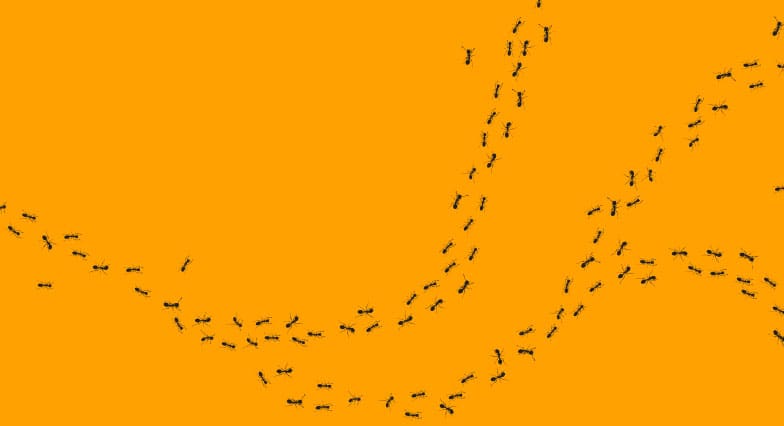 Town and Country Pest: Your Local Pest Solutions
Town and Country Pest: Your Local Pest Solutions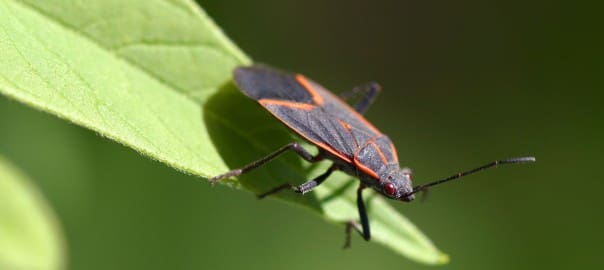 Boxelder Bugs and Stinkbugs
Boxelder Bugs and Stinkbugs How To Prepare for a Bed Bug Inspection
How To Prepare for a Bed Bug Inspection